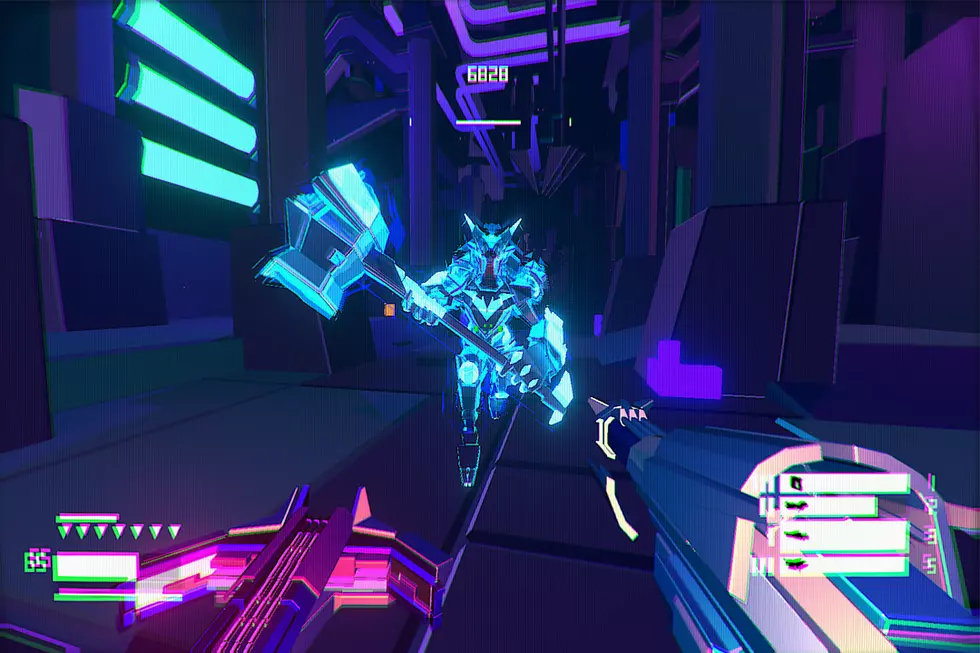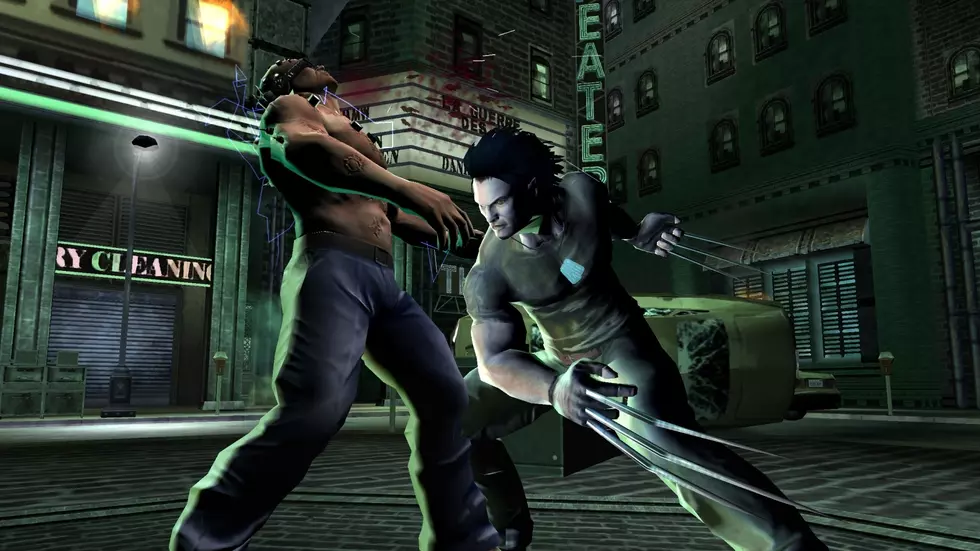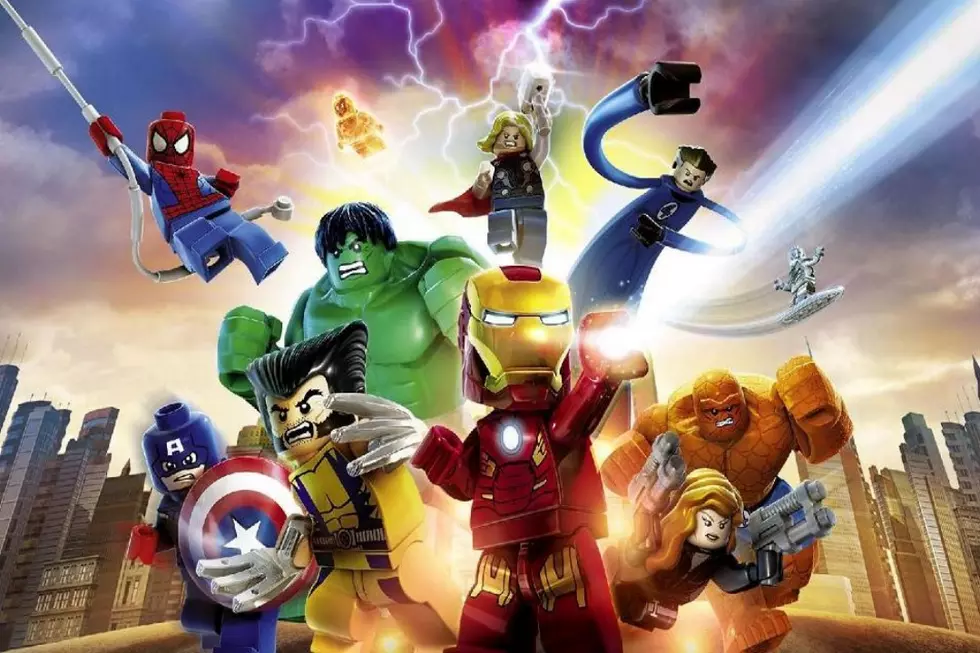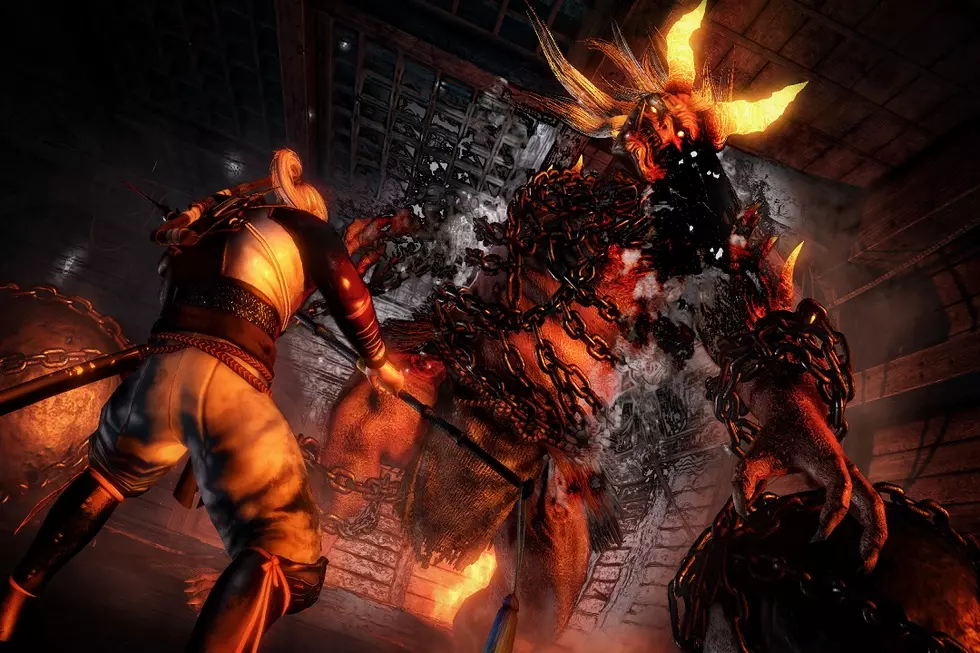
10 Innovations in Shooters
Shooters have changed a lot over the years. Not too long ago “shooter” brought to mind games like Doom and Castle Wolfenstein, which had you picking up huge armories of weapons, scouring maps for power-ups, and relied on circle strafing and maze like hallways. It’s quite different from today's modern day shooters and their ADS systems and destructible cover mechanics. These are the 10 Innovations in Shooters that made the genre what it is today.
- 10
Prestiging
The idea of prestiging, or starting all over from level 1 with a nifty tag next to your name, was a great way to give shooters replay value. Before this was implemented, you could literally play a shooter until completion. You could unlock every weapon, memorize every stage, and unless you were a serious competitive gamer, you just stopped caring after a while. Prestiging gave you a reason to go back and do it all over again, to show that you are far more awesome than anyone else who plays the game.
- 9
Headshots
If you think back long and hard to the days of Doom and Castle Wolfenstein, headshots didn’t mean anything. Everyone was a 2D sprite wandering a 3D world, and as long as you could make your ludicrous sci-fi bullets hit their sprite, you were golden. Adding headshots to shooters created a new risk/reward mechanic. Shooting for the head gave you a smaller target area, but vastly increased damage, perhaps enough to even get a one-shot kill. It made snipers far more potent, and finally gave shotguns and other spread shot guns some sort of downside. It also meant that shooters became much less of a dodge fest and much more of a game of waiting out the opponent and catching them unaware.
- 8
Vehicles and Killstreaks
Vehicles and Killstreaks both serve the same purpose. They allow you to kill your opponents in unorthodox ways. This kept the pacing of shooters fresh. Instead of playing an entire game of shoot the enemy, he shoots me back, a well-placed chopper strike can completely change the tide of battle. They served as incredible rewards for skillful play, and great comeback tools for anyone who was able to earn/find them.
- 7
Cover
Cover mechanics are kind of like headshots 2.0. Originally, shooter levels were kind of like mazes. You looked for your opponent and if you found them then the shooting could begin. Cover allowed you to find an opponent, and still not have a clear shot at them. Much like headshots made the position of your shot matter, cover made the position of your character matter. It also spawned a number of other target area reducing mechanics, such as crouching and going prone.
- 6
Experience
There’s an old game development saying that goes, “Adding RPG elements to anything makes it better.” What? That’s not an old saying? Well it should be! Adding experience systems to shooters basically changed the dynamic from arcade style one-off games to an ongoing quest to be the best head shooty military man that you could ever be! Suddenly, you weren’t just scoring kills to win. You were working your way toward the next new gun, or the next perk. The game changed at every new level, with new options opening up for you. It basically laid the framework for making shooters last for the long haul. It’s a shame most big name shooters still release yearly iterations cause they have the potential to remain active for far longer.
- 5
Limited Weapon Capacity
Arcade style or single player shooters operated a lot differently than shooters of today do. Characters would have access to tons of different weapons at once, from simple pistols to awesome railguns. Normally, this was dictated by how long a player stayed alive, as they would go back to their basic guns when killed. However, this would quickly make matches lopsided, as freshly killed players worked overtime to score kills against monsters with rocket launchers and isnta kill sniper rifles. However, by limiting weapon slots to 2, usually one main weapon and one sidearm, players had to focus on weapon management. Even if they managed to get the best weapons in the game, they would be out of luck as soon as they ran out of ammo, and had to pick up another basic weapon to keep themselves safe.
- 4
Loadouts
Loadouts were the natural progression of limited weapon capacity. Once you were only able to hold one or two weapons at a time, shooter designers began to question the point of weapon pick-ups in the first place. Instead of rewarding people who camp weapon spawn locations with some of the most arbitrarily powerful guns in the game, now all the guns would be balanced in respect to each other and you could just spawn with the ones you wanted. It not only made games more fair and fun, but also more personal. Were you a stealthy ninja who snuck up on people underneath the radar? Or a heavy tank that unloaded machine guns into the wild hoping for the kill? The choice is yours.
- 3
Dual Stick Control
When shooters first came out, they were pretty much a PC only affair. Then Goldeneye created a “turn and strafe” control system that worked with the wonky N64 controller, and every dual stick control system we have used has been a derivative of it. Dual stick control allowed you to have full control over your aiming and movement at the same time, something that was originally only doable with a keyboard and mouse. It opened up the world of shooters to console players everywhere.
- 2
ADS
Unfortunately, dual stick control schemes weren’t nearly enough to make console shooters accurately playable. You could easily overshoot your enemy wildly with even a slight nudge of the right stick. That’s where ADS or Aim Down Sight mechanics came into play. While aiming down the sights, you were more accurate and the computer helped to center you on your opponent’s center of mass. You still had to adjust your aim to keep him in your crosshairs but you aimed far slower while ADSing, giving you more control of where you are aiming. The trade off is slower movement, which left you more vulnerable, but also made you more accurate. It’s another way that shooters balanced risk and reward.
- 1
Regenerating Health
Regenerating health is probably the most important innovation in shooter history. Before it was implemented, shooters worked off a life bar. Your life was full when you entered the match and you could pick up health power-ups to restore it. This made fire-fights a slog though, creating a long song and dance of circle strafing that was really decided by one or two lucky bullets. What regenerating health did was fast forward to the end of these fire-fights where only one or two bullets mattered. Then, when the action cooled off, you could heal up and begin anew without falling into camping traps around health spawns. It made it easier to run away, which conversely made it easier to get back into battle quickly rather than limping around the map bleeding to death barely able to assist anyone with your fragile 1HP.
More From Arcade Sushi









